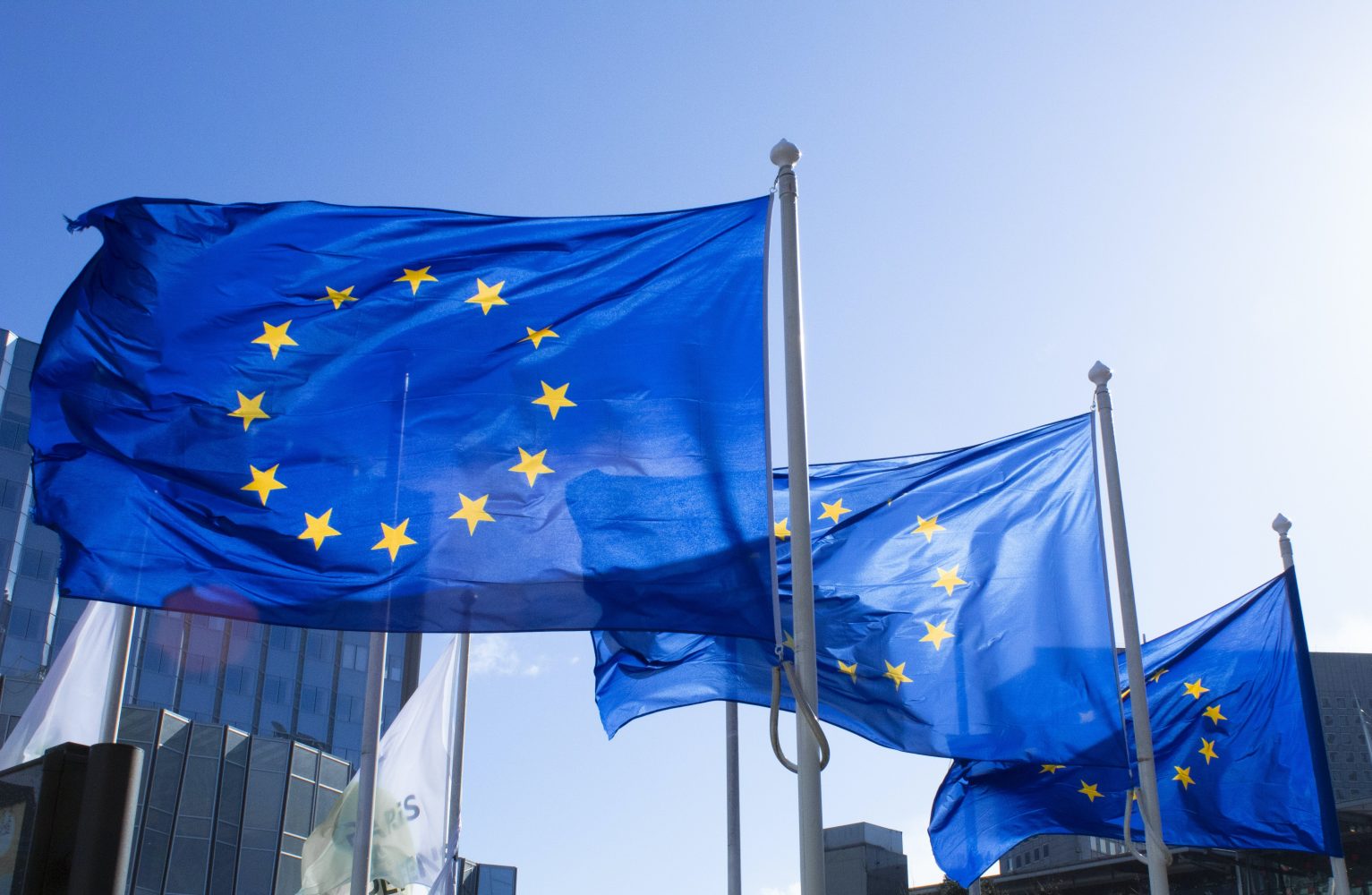
The European Commission is moving to accelerate the use and diversification of UAV services across the European Union (EU) with the adoption of its Drone Strategy 2.0, which, in addition to tapping into what’s expected to be a vigorous growth area, seeks to reduce the opportunities for malevolent actors to abuse the technology.
The European Commission, which serves as the executive body of the EU introduced its Drone Strategy 2.0 during a two-day event in Brussels to promote UAV development. That Drone Days conference permits government officials, regulators, businesses, and interested members of the public to learn more about how the 27-nation bloc plans to promote emerging aerial activities in the coming years.
Read more: Brussels hosts EU Drone Days to detail approaching UAV activities and UTM systems
The adoption and presentation of the EU’s Drone Strategy 2.0 establishing guidelines in that effort was an anticipated part of the wider series of speeches and discussions. The cornerstone document sets the operating and the technical requirements of drone use as member states encourage large-scale commercial UAV operation across a wide range of sectors.
In addition to providing new and improved services to consumer and enterprise clients, that new, sky-based motor of business growth is expected to produce a windfall of economic benefits.
“We believe that if our strategy is implemented properly, the drone market could be ($15 billion) by 2030,” said EU Transport Commissioner Adina Valean in presenting Drone Strategy 2.0. “It could also create 145,000 new jobs in the European Union.”
The plan also outlines ways to complicate UAVs from being used or abused for criminal or malicious purposes. It similarly foresees a special label for drone brands qualifying as “trusted” for their safe and reliable in operation, and resistance to hacks by outside parties.
Read: Healy interview II: Scaling Manna drone delivery under ‘well-defined, cohesive’ EU regulation
It also calls for synergies to be created by various kinds of commercial, private, and defense deployment. Though officials say UAVs have already performed “hundreds of thousands” of safe and productive hours of flights across the EU, the Drone Strategy 2.0 aims to accelerate that activity, especially in the following areas:
Emergency services, mapping, imaging, inspection ,and surveillance within the applicable legal frameworks by civil drones, as well as the urgent delivery of small consignments, such as biological samples or medicines.
Innovative Air Mobility services, such as air taxis, providing regular transport services for passengers, initially with a pilot on board, but with the ultimate aim of fully automating operations.
It meanwhile anticipates adoption of common airworthiness rules and training requirements for remote and crewed electric vertical takeoff and landing pilots; creation of an online platform to support local stakeholders and businesses implementing sustainable aerial mobility; identifying priority areas for research and innovation in order to reduce existing strategic dependencies and avoid new ones; and defining criteria for a voluntary cybersecurity-approved drone label.
Photo: Alexandre Lallemand
FTC: We use income earning auto affiliate links. More.



Comments